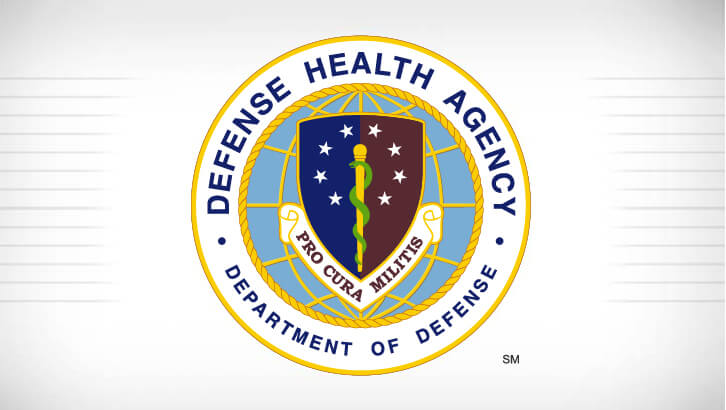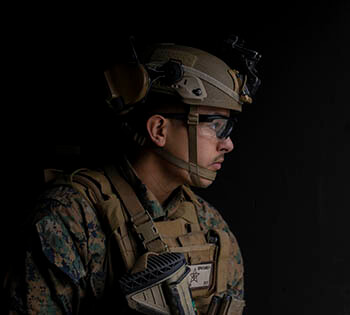A History of the Combat Helmet and the Quest to Prevent Injuries
 A History of the Combat Helmet and the Quest to Prevent Injuries
A History of the Combat Helmet and the Quest to Prevent Injuries
As a critical piece of a warfighter's protective gear, the combat helmet has vastly improved over the years as new technology and better designs have reduced the risk of fatal blows and traumatic brain injuries.
The earliest combat helmets were made from bronze and used to protect soldiers from swords and arrows. They were heavy, crudely designed and did not fit well.
During World War I and World War II, standard helmets were made from thin steel. They provided protection mainly against shrapnel rather than shock waves. They were lighter and provided better protection than helmets from previous eras.
But at that time, soldiers were often reluctant to use their chin strap because they believed that "it was better for [the helmet] to be knocked off rather than injure the soldier's neck," said Alan Hawk, a collections manager for the National Museum of Health and Medicine, a branch of the Research Support Division in the Research & Engineering Directorate of the Defense Health Agency.
Technology and safety protocols have evolved in recent years, resulting in helmets that provide more protection from both projectiles and shock waves.
 Modern combat helmets, like the one worn by this Marine, offer protection from both projectiles and blast waves. They are also designed to incorporate the use of communications equipment and other devices that can improve warfighter performance and capability. (Photo: Lance Cpl. Manuel Alvarado, U.S. Marine Corps)
Modern combat helmets, like the one worn by this Marine, offer protection from both projectiles and blast waves. They are also designed to incorporate the use of communications equipment and other devices that can improve warfighter performance and capability. (Photo: Lance Cpl. Manuel Alvarado, U.S. Marine Corps)
Modern Helmets
Modern helmets became lighter as steel was replaced with composite materials like Kevlar. They now have padding and fitted chinstraps, allowing the helmet to stay attached during a blast. Inside, they include an energy-absorbing liner. Modern helmets are designed and tested to meet consistent standards to protect soldiers from concussions and other injuries.
Visibility is also now a key factor to helmet design.
"The best helmet in the world is not effective if a soldier walks into an ambush due to hampered vision," Hawk said.
In recent years, U.S. Special Operations Command helped develop a new helmet designed to integrate modern communications devices. The Army adopted a version of that helmet in 2002 and named it the Advanced Combat Helmet.
Modern helmets are also customized for specific jobs beyond the traditional infantry. Aircrew helmets protect from impact and noise. Helicopter aircrew have helmets that help protect against ricochets from the ground. Both helmets typically have built-in communications headsets and visors as well.
Modern helmet designers optimize protection using test standards and methods measuring the probability of neck injuries, concussions, and other injuries for specific conditions like ejection, said Benjamin Steinhauer, an engineer for the Air Force Research Laboratory's 711th Human Performance Wing.
The Future of Helmets
New helmets focus on suspension technology, which uses shock absorbing webbing, and lightweight and crack resistant materials.
While experts agree there will never be a perfect helmet, the military continues to make significant gains in protecting service members from TBI and other injuries.
"We do find ways to make helmets lighter without sacrificing the mission," Steinhauer said.